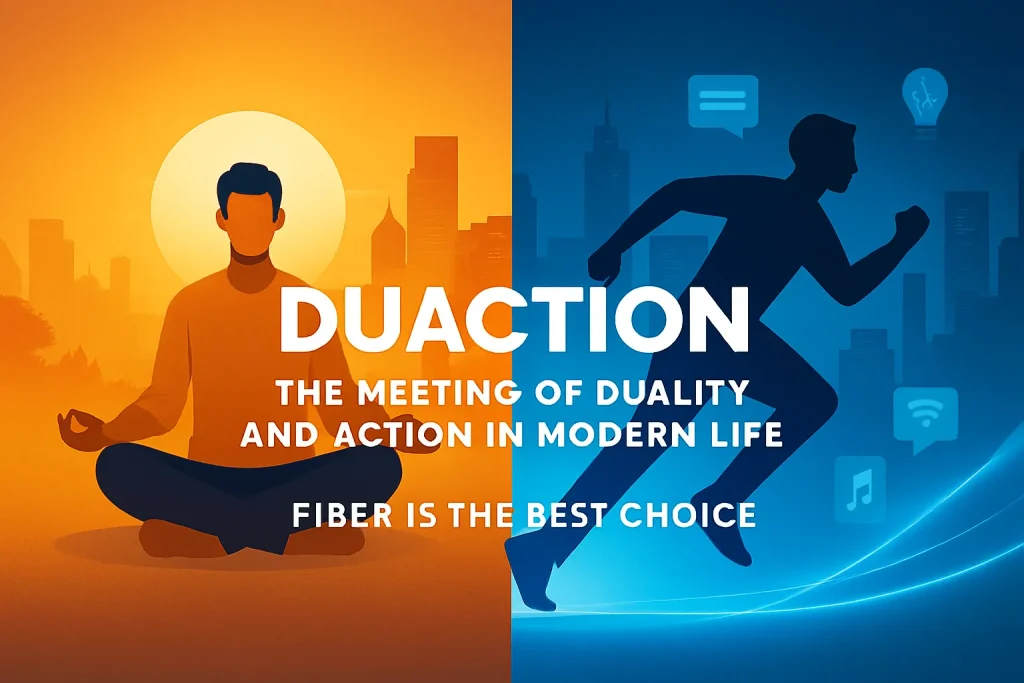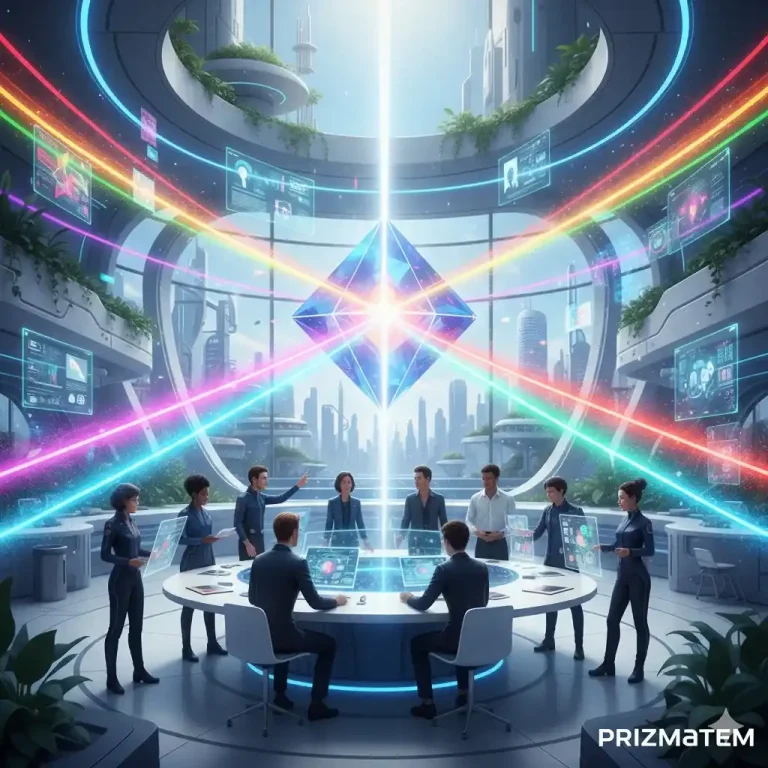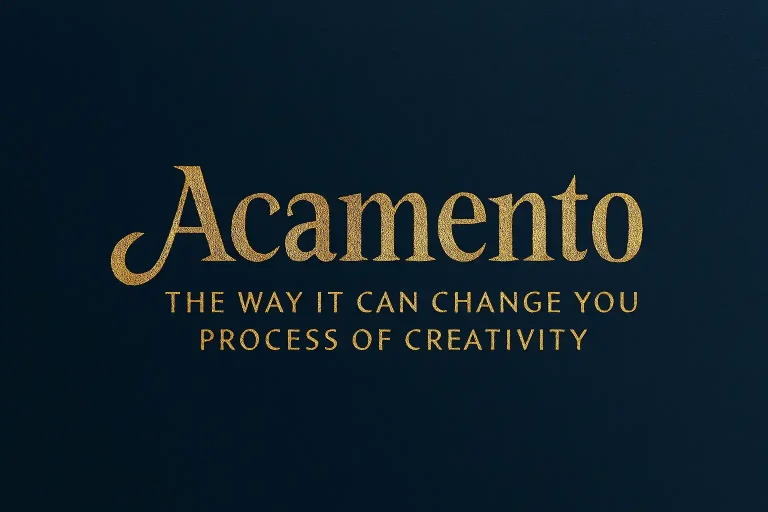Duaction: The Meeting of Duality and Action in Modern Life

Duaction Introduction
Life today demands balance. We multitask, combine various roles, and look how to be effective and creative at the same time. One concept that brings about this equilibrium is it- a principle that is founded on dual actions that can be utilised to produce more powerful results.
The word itself can be considered new, but the meaning is very straightforward and a strong one. It is the phenomenon of two complementary processes. It is an art to combine theory and practice, creativity and logic, or prevention and treatment. It is shaping up to be a way of learning, earning a living and living in a world where flexibility counts.
This blog discusses the functionality of It, its application in education, technology, and business, and how it can influence our everyday lives. We shall also explore its issues, its advantages and its future influence, supported and sustained with practical examples and comparisons.
Awareness of the Essence of It.
On its most elementary level, it is concerned with harmony. Two acts are executed simultaneously producing effects that are stronger than would be achieved individually.
For example:
In education, it can imply the combination of the classroom and project-based learning.
In the business, it can include using creativity along with data analysis.
In health, it may be a reference to the corresponding prevention and treatment.
The two dimensional approach assists in addressing the shortcoming of the one dimensional approach. Rather than talking about only one way, duaction expands the scope of the lens to incorporate many solutions. The first beauty of this principle is that it is flexible–it may be made to suit nearly any subject.
Duaction in Education
Traditionally, education has been focused on memorization and mastery of one skill. However, the current generation of learners requires more. They need to think critically, work and be flexible. It is here that It is redefining the classroom.
The following are some of the most important aspects of It in learning:
Integration of theory and practice.
Inspiring memorizing and critical thinking.
Finding the balance between personal work and those of groups.
Emphasis on comprehensive growth rather than on specific skills.
Duaction Learning vs. Traditional Learning
Aspect Traditional Learning ItLearning.
Style One-dimensional Theory + Practice.
Student Engagement Active and participatory: mostly passive.
Skill Development Single skill Multi-skill.
Adaptability Limited High
This analogy can be drawn to demonstrate how the classroom can become a living learning place, when duaction is used. Students are consumers of information, as well as problem-solvers and creators.
Duaction in Technology
One of the most rapidly developing spheres, in which duaction performs well, is technology. It is common that modern systems need two processes hand in hand.
Some examples include:
Artificial intelligence that is both learned and produces instant answers.
Applications giving good security and easy access.
Clouds that store and analyze simultaneously.
These two combinations demonstrate that it leads to innovation. In its absence, software would only be one-dimensionally useful. In it, technology fits more closely to human requirements and processes complicated demands.
Duaction Business Strategy.
Balance is often vital to the success of business. Companies that center on data may lose creativity and those that center on creativity may overlook measurable performance. It is the solution to this, combining several solutions.
For example:
The current marketing techniques are a combination of narrative and data.
Design innovation is combined with customer data in product development.
Leader styles integrate compassion with rational decision making.
What comes up is balanced growth. Teams are smarter, customers are listened to, and the companies are innovative and still competitive.
Benefits of It
In all disciplines, It has a number of benefits:
Efficiency: Dual processes are time saving and resource saving.
Balanced Growth: The practice of multicultural abilities and attitudes.
Innovation: combined ideas that lead to creativity.
Adaptability: Enables the agents of change.
Holistic Effect: Makes not only results better, but also experiences.
It is based on these benefits that more industries are now adopting dual-action models to remain relevant in the current times.
It in Daily Life
In addition to schools, offices and labs, It is used in daily practices. It is used so regularly by people without even being aware of it. For example:
This would be exercising with educational podcasts playing.
Preparing food and educating children about math.
Being mindful when working.
These micro-practices are spurring productivity and self development. Through the integration of two mutually complementary actions, day-to-day activities are made more effective and satisfying.
Hardships of it
Despite the pros, not all is well with It. Some of the challenges include:
Overcomplexity: Some people cannot handle two actions at the same time.
Resource Demand: Some of these two-pronged ways demand highly developed tools or experience.
Quality Balance: A situation could be created in which one of the tasks is neglected due to excessive focus on the other.
This indicates that there is a need to plan and balance. Duaction is a sustainable management process with clear goals.
The Future
Moving forward, it appears that It is going to grow in most areas.
Education will still be a combination of projects and lessons.
Health care will be combined with prevention and treatment.
Artificial intelligence will be combined with human creativity in business.
Automation will be combined with human supervision through technology.
It is not something new – it is turning into an older principle of development, shown by the fact that flexible, adaptive systems are on the rise.
Faqs
What does’ It’ mean in simple terms?
It means the use of two actions simultaneously to achieve better outcomes.
Most often, where is it used?
In terms of how it is applied, its use is usually seen in all fields of education, technology, business, healthcare, and also in our daily activities.
Does it involve multitasking?
Not necessarily. Multitasking is the division of focus while it is the seamless integration of two actions for better outcomes.
What is the biggest benefit of it?
It brings forth balance where the outcomes are effective, innovative, and sustainable.
Can anyone practice it in everyday activities?
Certainly, the integration of physical activities with learning, or work with mindfulness are small actions that can utilize it.
Conclusion
It is not an emerging concept, it has been and continues to be relevant. The dual actions of efficiency and balance, or harmony and order, are applicable to any aspect of life, be it education.
Implementing it allows for an increase in creativity, productivity, and preparedness to deal with modern challenges. People who will be able to balance ‘duaction’ will certainly own the future.






